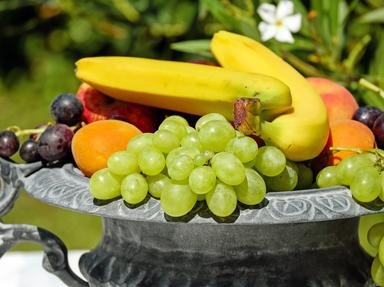
Orange Ya Glad I Didn't Say Banana? Quiz
Let's Get Juiced Up!
Juiced up on OJ, that is, not the hard stuff! There are some bananas impersonating oranges in my fruit bowl. Can you sort the real McCoys from the imposters?
A classification quiz
by sally0malley.
Estimated time: 3 mins.